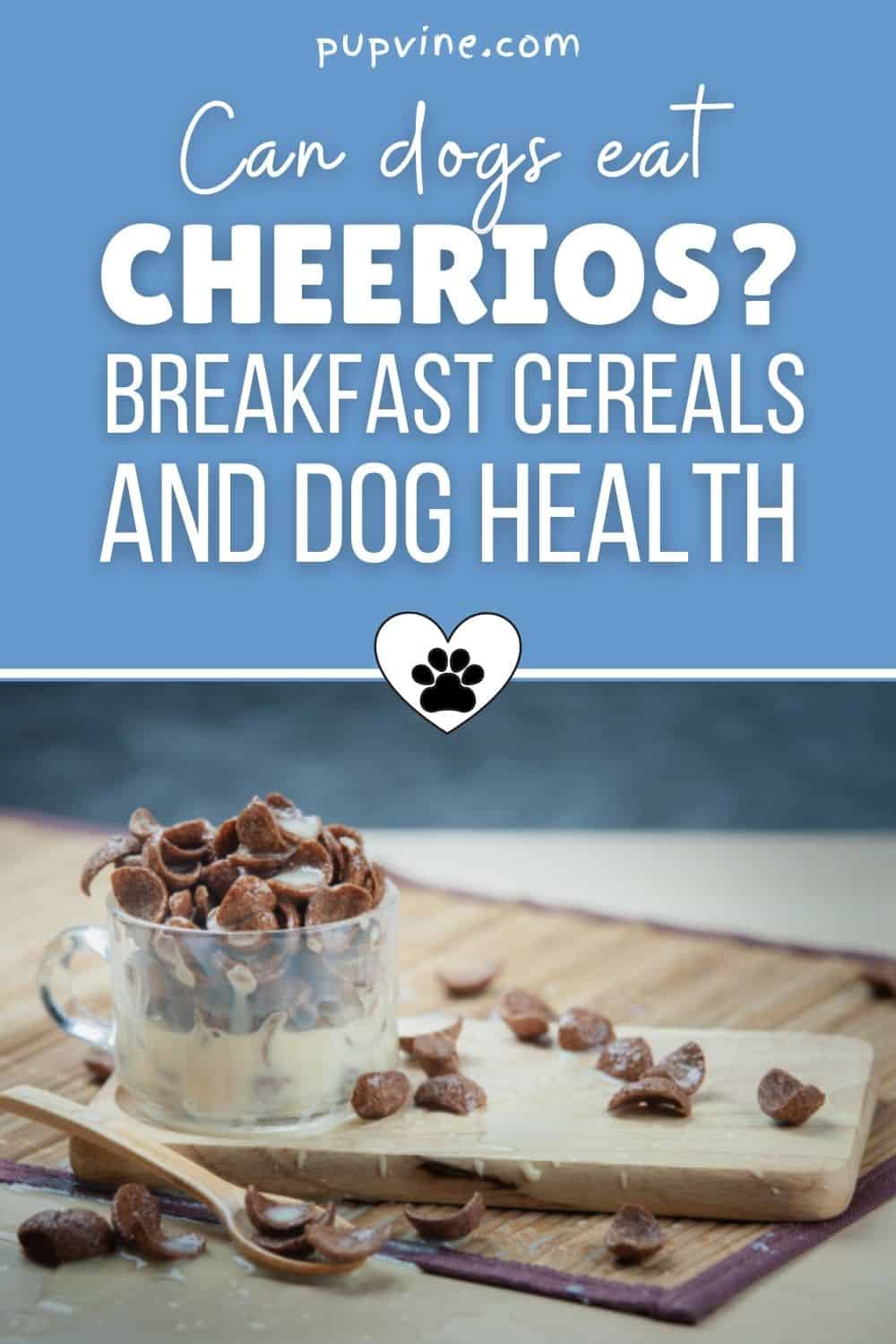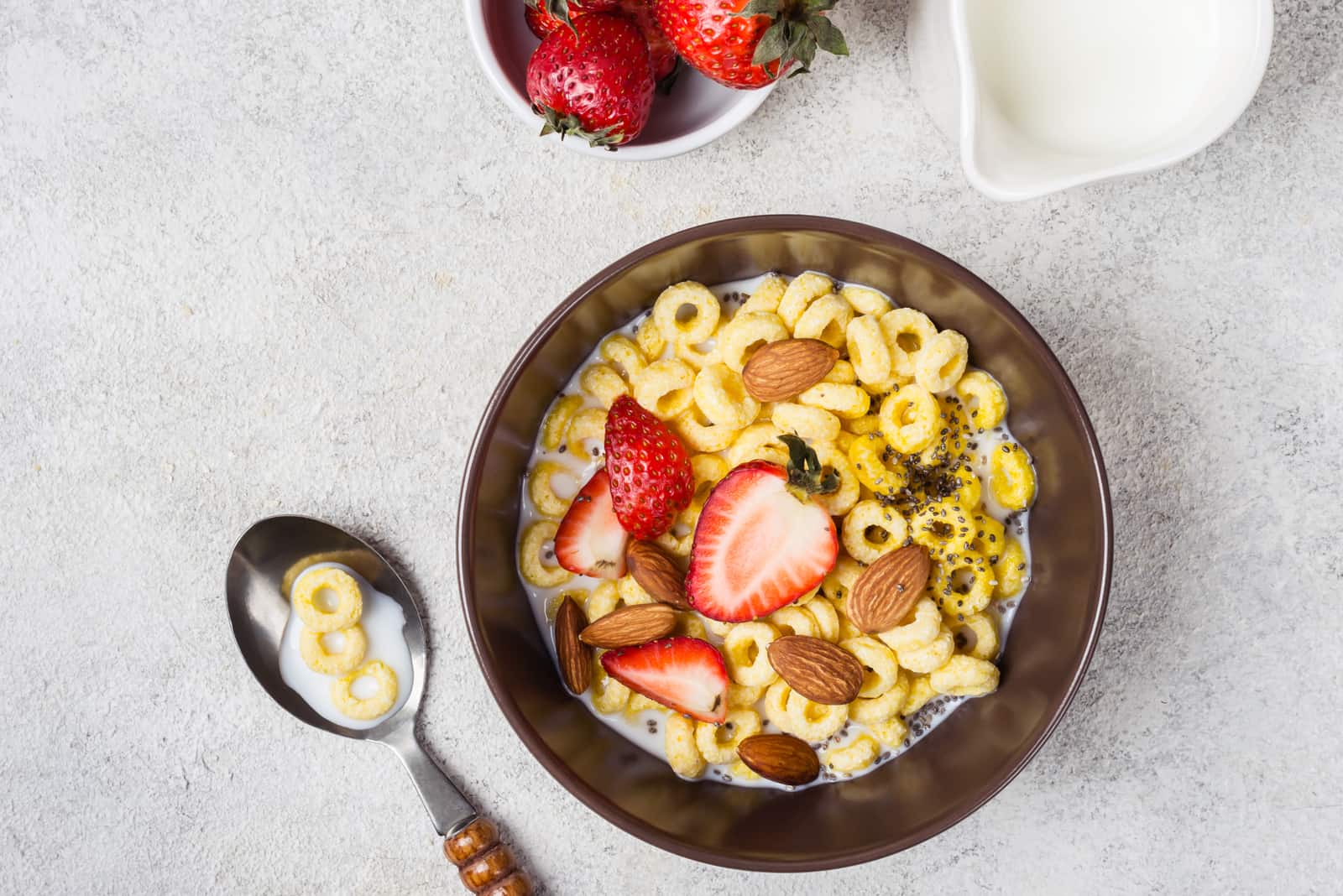Millions of people start their day with a bowl of breakfast cereal of some kind, usually with milk (hot or cold) and sometimes without.
And as we all have such different tastes, thousands of varieties of cereal have been invented, each tempting us with new flavors and gimmicks.
Health experts frequently remind us that breakfast is the most important meal of the day, fuelling us for the tasks and challenges that lie ahead.
However, many of our breakfast cereals have become more like comfort foods, packed with sugar, chocolate, marshmallows, and all sorts of unhealthy stuff.
We help ourselves to a bowl of cereal at all times of the day and night, as a treat or to fill a gap until the next mealtime.
Since 1941, Cheerios have been a popular brand of cereal at the breakfast table (originally called CheeriOats but changed for legal reasons in 1945) with many new varieties launched over the years (at least 15, with seasonal ones now and then), including Honey Nut Cheerios, regarded as the #1 breakfast cereal!
As breakfast cereals go, Cheerios are relatively healthy – at least, the original, plain version.
They have a satisfying crunch, contain essential nutrients, fiber, and vitamins, and aren’t packed with too many additives and sugar.
So, as we enjoy a bowlful, our faithful furry companions watch us with envy, waiting patiently (or not so patiently) for a tasty treat to head their way.
Do you let them have some? Surely it couldn’t hurt?
After all, they’re recommended by the American Heart Association! As always, it makes sense to check the facts before giving your dog any ‘human foods.’
What Are Plain Cheerios Made From?
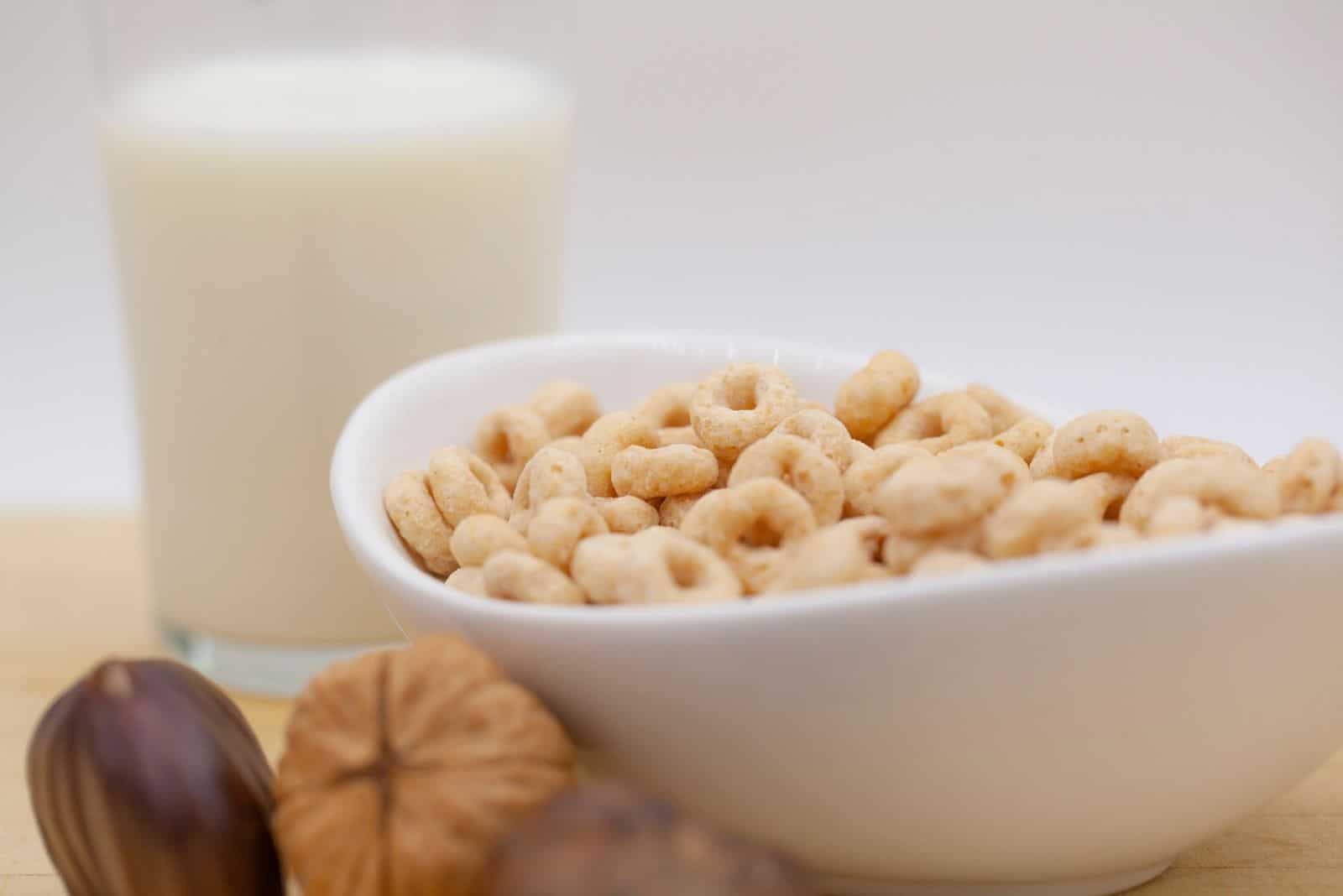
The original name, CheeriOats, gives a clue as to the main ingredient, which is whole-grain oats.
The key here is ‘whole grain,’ which is good news when it comes to your health.
Processed (or refined) grains have the most beneficial parts stripped away, whereas those that use the whole grain include all three parts of the grain, which contain the nutrients and fiber.
That’s a good start, but now let’s look at the rest of the ingredients:
• Cornstarch
• Sugar
• Salt
• Tripotassium phosphate
• Vitamin E
• Calcium carbonate
• Iron
• Zinc
• Vitamin A
• Vitamins B1, B3, B6 & B12
• Vitamin C
• Vitamin D3
• Folic acid
• Niacinamide
This looks pretty impressive at first glance, with all those vitamins and minerals!
The thing is, a lot of these will be added during the manufacturing process as they don’t occur naturally in the main ingredient.
Aside from these, a few of the other ingredients need closer scrutiny. We’ll examine these to see exactly what we’re putting into our own digestive systems before feeding them to our furry friends.
Cornstarch
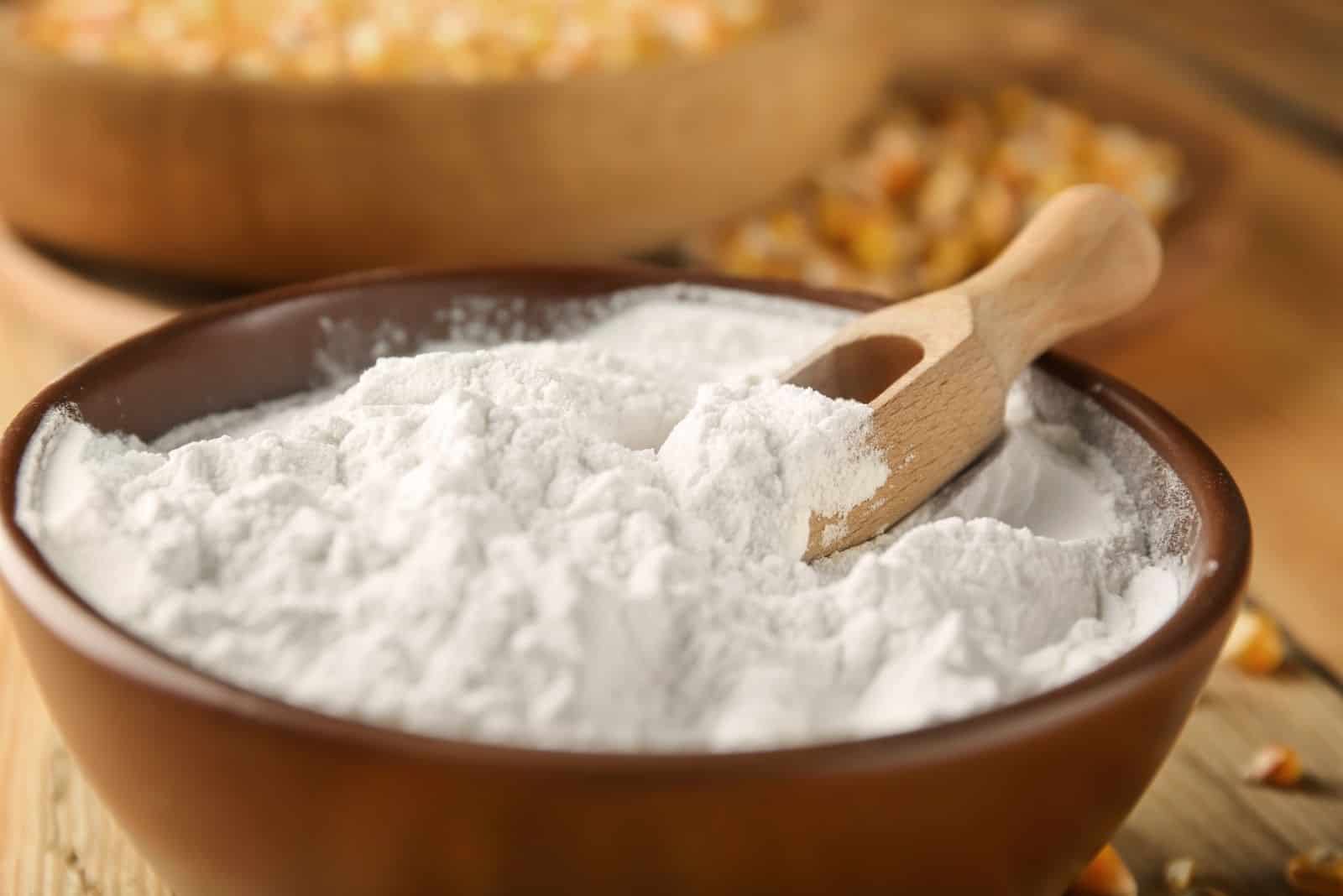
You’ll find cornstarch in a lot of foods, mostly as a thickener for sauce, gravy, soups, etc. It can also soften baked goods or as a crisp coating. But is it good for you?
Studies have shown that cornstarch does contain fiber, as well as copper, selenium, manganese, and iron.
However, these are in such minute quantities that you’d need to consume an entire cupful before gaining any benefits. The main bulk of cornstarch is calories and carbs.
Cornstarch is added to Cheerios to keep them from going soggy too quickly.
Without them, your bowl would be full of mush within a few seconds of adding the milk!
So, cornstarch is an essential ingredient, despite having high levels of carbs and calories and not much nutritional benefit.
Tripotassium phosphate
This ingredient is a powerful cleaning agent. Yes, you read that right!
It is added to foods in tiny amounts to balance the mixture’s acidity levels as it is being made. While this might seem alarming, it is common practice in the food industry and has been confirmed as being safe by the FDA.
The truth is, many of our foods contain all kinds of additives and ingredients that have different uses across other industries.
So, before you toss that box of cereal into the trash can, bear in mind that the amounts involved are nowhere near enough to cause any harm.
Calcium carbonate
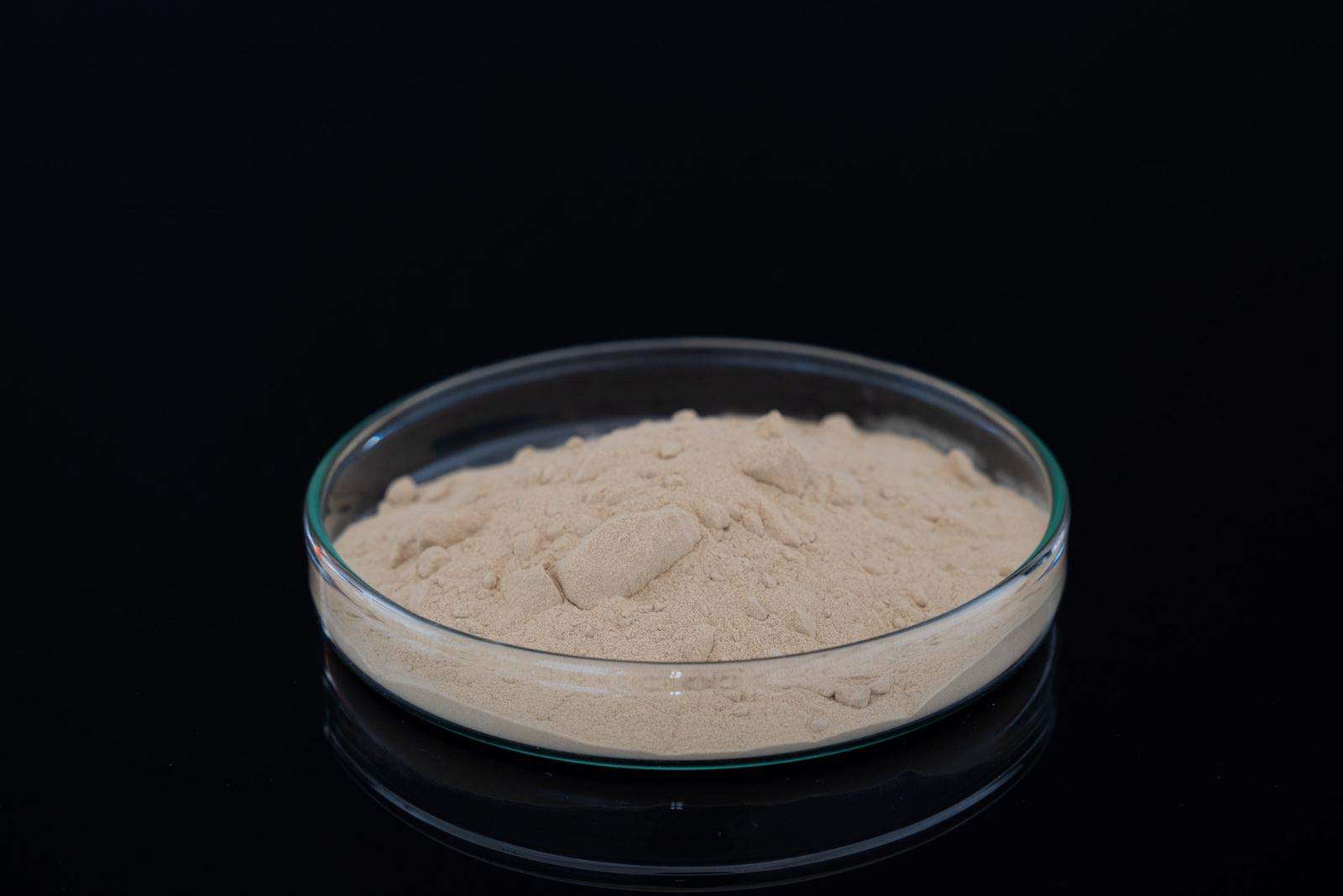
This is the stuff that shells are made of (eggshells, snail shells, seashells, etc.) and what you might find hanging down in limestone caves in the form of stalactites.
Why is this added to your cereal? Well, it is added to food for three reasons: as an anti-caking agent (to stop powdery food from sticking together), as a white food coloring, and as a source of calcium.
The latter is the reason for its presence in Cheerios.
Sugar & salt
Both of these are essential for our bodies to function properly, and we are aware of the health risks of having too much, especially when refined sugars are used.
The same goes for dogs, although they depend on us to monitor their diet. What’s even more important to note is that high salt and sugar levels can affect our precious pooches more than they do us.
Let’s look at sugar content first.
We need carbs to live. Our bodies break them down into sugars that provide the energy that drives us.
Granulated sugar, which is a processed ‘food,’ is an unhealthy form of carbohydrate with zero nutritional value.
Too much of this can lead to dental cavities, obesity, diabetes, and heart problems.
Each of these conditions carries the risk of further health issues, such as urinary tract infection, kidney disease, arthritis, hyperactivity, followed by depression and agitation.
All good reasons to keep granulated sugar out of your dog’s diet!
Salt is equally bad news for dogs. We know that when we’ve eaten a salty snack, we can feel thirsty and a bit dehydrated, so we get some water.
Dogs feel the same, but the effects can be far worse. Unless they have access to fresh, clean water, they can suffer from salt poisoning (also called sodium poisoning).
This is a serious condition, potentially causing vomiting, diarrhea, kidney damage, seizures, coma, and even death.
Now, nobody is claiming that Cheerios contain enough salt to cause such a drastic reaction, but any amount can contribute to the salt levels accumulated throughout the day.
Are They Safe For Dogs To Eat?
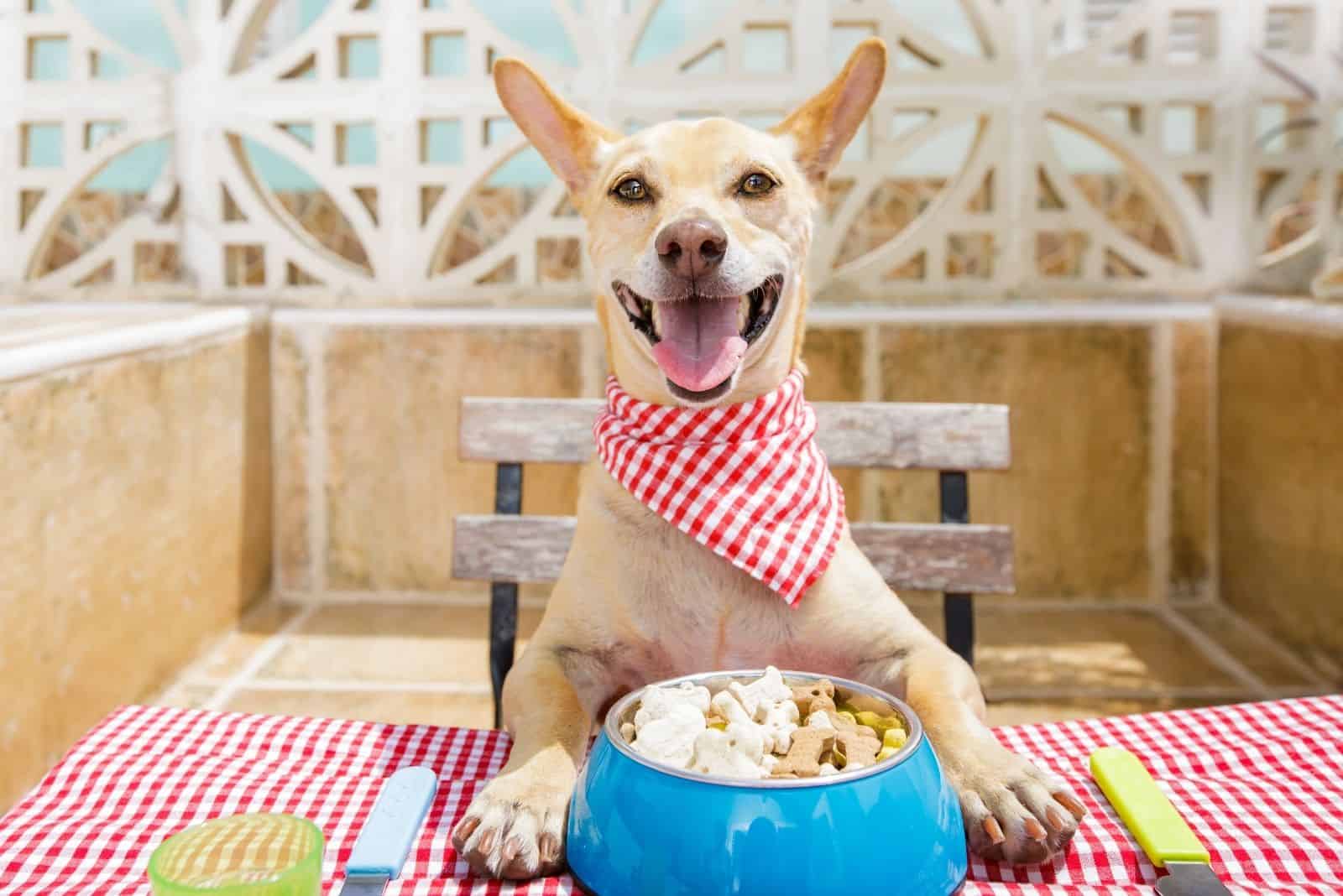
Having examined the ingredients and learned more about a few of them, it’s fair to say that a few classic plain Cheerios shouldn’t do your precious pooch any harm as an occasional treat.
As breakfast cereals go, they are among the healthier options (for humans!), but it wouldn’t be a good idea to feed them to your dog regularly or in large amounts.
It isn’t so much that they are super-healthy; In fact, they are not much more than a filler.
However, they are relatively healthier than many other brands or varieties that are packed with sugar, chocolate, marshmallow, artificial colors, sweeteners, and preservatives.
Some people use Cheerios as a training treat for their pups, which is understandable as dogs love the crunch and the flavor just as much as we do.
The thing is, when we eat a whole bowl of Cheerios, we get more of the health benefits because of the amount of cereal we have consumed.
Dogs won’t really benefit at all, as they’ll be crunching on a tiny handful.
We can say, then, that plain Cheerios are generally safe for dogs in small amounts.
They certainly shouldn’t be eating them every day, whatever advice you may have seen elsewhere.
They won’t gain anything from a handful every now and again, but they shouldn’t have any negative side effects.
However, some of the other varieties may not be quite as harmless…
Hidden Hazards

While plain Cheerios generally have less sugar than hundreds of rival brands, the same can’t be said for other types of Cheerio.
For example, one cupful of Honey Nut Cheerios contains 12 grams of sugar! And then there are the ‘nuts’ to consider.
Until 2006, Honey Nut Cheerios contained almonds. This was replaced with ‘natural almond flavor,’ made from ground-up peach and apricot pits leftover from the fruit processing procedure.
Exactly why General Mills did this is unsure (though probably cost-related), and while people with nut allergies might think this is good news, the fact is that both peaches and apricots are related to almonds and still might cause an allergic reaction.
Although dogs don’t usually suffer from nut allergies, they do find almonds difficult to digest. This means that there is a possibility that they might struggle to digest the ‘natural almond flavoring.’
Multigrain Cheerios are another favorite, presenting a healthier option for humans as they are low in sugar, don’t contain a lot of saturated fat, are moderately high in fiber, and contain vitamins and minerals.
Once again, this is fine for humans, but some dogs can’t handle some grains.
In fact, grains are mostly a filler, making them feel full while not providing the nutrition they need.
One variety to avoid completely is Chocolate Cheerios. Most dog owners know the dangers by now, but anything that contains chocolate in any form is never an option for dogs.
Even in small amounts, this can cause problems with their digestive system, resulting in vomiting or diarrhea.
Small dogs are more at risk, but any dog can suffer the effects regardless of size.
The actual amount of ‘chocolate’ in the cereal is likely to be small, but don’t be fooled!
You’ll see advice on pet forums or from experts saying not to worry as there isn’t any real chocolate in this cereal.
What they fail to understand is that the chocolate flavor comes from cocoa powder, which is something you should never give to dogs.
Cocoa powder contains theobromine, a cardiac stimulating agent that dogs metabolize extremely slowly.
This means that it stays in their bodies for longer, potentially causing heart problems, kidney damage, and nervous system interference.
Aside from the risks posed by the cereals, there are other factors to consider.
The milk that we pour into our bowl of cereal, for example, could cause our dogs digestive issues.
The fact is that all dogs (and humans, for that matter) are technically lactose intolerant.
Pups produce lactase when they are suckling from their mother, which breaks down the lactose so that it can be digested.
When they are weaned onto solid foods, they lose the ability to produce lactase (or produce it in tiny amounts), making it either difficult or impossible to digest dairy products.
These remain in the gut, where they start to ferment, causing discomfort, gas, diarrhea, or vomiting.
Milk (from cows or goats) has been suggested as a remedy for constipation in dogs, but this is unwise.
Deliberately giving dogs diarrhea is never a good idea as it can lead to dehydration, which is potentially life-threatening.
Some dogs are actually allergic to dairy as well, so it may be best to avoid giving them milk in the first place.
For those with a plant-based diet, soy milk isn’t much better, as some dogs can have allergic reactions to this as well!
There are plenty of other non-dairy alternatives that offer a better option, but we don’t have the time to explore these here.
The Verdict

Photo from: @rowan.the.cockapoo
While we might enjoy and even benefit from a delicious bowl of Cheerios, whether soaked in milk (of any type), they really aren’t something we should be giving our doggy pals.
Perhaps a few plain ones (never chocolate!) now and again won’t hurt, but they are empty calories that won’t form part of the daily nutrition they need.
As always, there’s no substitute for good quality dog food, with some proper dog treats once in a while.
If you really want them to share your breakfast, you might consider giving them something beneficial, such as bran flakes or rice cakes.
What it all comes down to is that you love your dog and want to give them the best. The truth is, this means that sometimes you have to say no!
It isn’t easy to do this, but you know they’ll forgive you, despite the sad eyes and sulking.
As a compromise, give them a special dog treat. It will be healthier for them in the long run.
